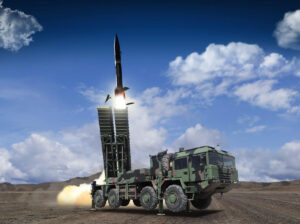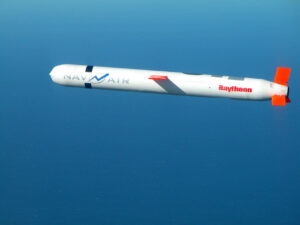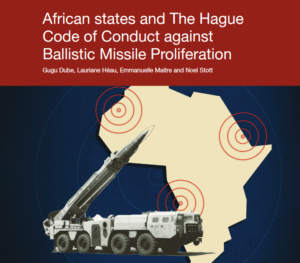Newsletter
Issue #4
November 2024
Read news of the Code, updates on our recent activities and latest information about ballistic missile tests and space launches.
CONTENTS
Latest HCoC News
- The UNGA First Committee adopts a new draft resolution in support of the Code
- The HCoC & Risk Reduction in Space
News about the Project
- Side Event in the Margins of the First Committee
- Addressing Missile Proliferation in International Forums
- Regional Seminar organised in Costa Rica
News about the Ballistic Missiles & Launchers
- Chinese ICBM test



